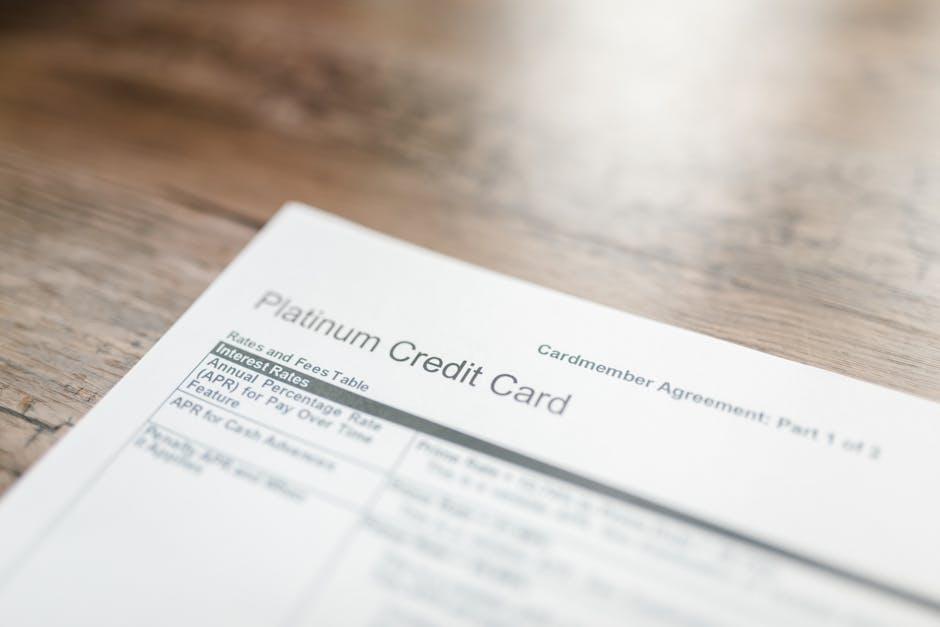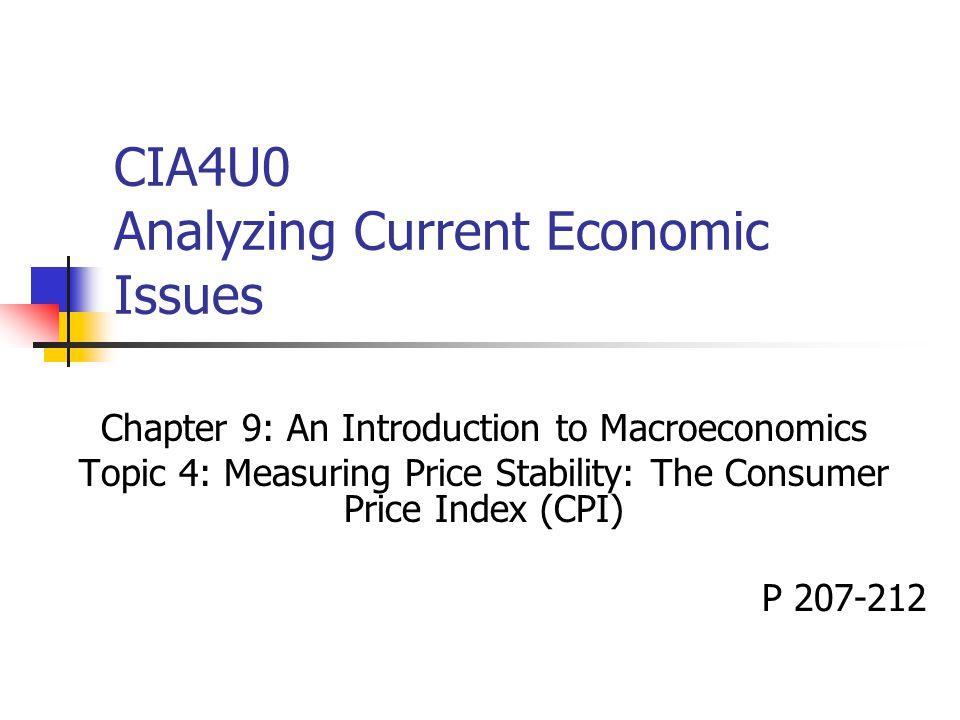In the intricate dance of global finance, interest rates play the role of an unseen choreographer, subtly guiding the movements of economies and the fortunes of individuals alike. As the heartbeat of financial markets, these rates dictate the tempo at which money flows, influencing decisions from the boardrooms of multinational corporations to the kitchen tables of everyday households. Yet, beyond their immediate impact on borrowing costs and savings yields, interest rates serve a crucial, albeit less visible, function in the realm of credit risk analysis. They are the silent sentinels, providing critical insights into the stability and solvency of borrowers, and shaping the strategies of lenders who must navigate the precarious balance between risk and reward. In this exploration, we delve into the multifaceted role of interest rates within credit risk analysis, unraveling how these pivotal percentages not only reflect economic conditions but also forecast financial futures, guiding stakeholders through the labyrinth of lending with precision and foresight.
Understanding Interest Rates as a Key Component in Credit Risk Evaluation
In the intricate landscape of credit risk analysis, interest rates emerge as a pivotal element, weaving a complex tapestry that financial analysts must decipher. Interest rates serve as a barometer of economic health, influencing both borrower behavior and lender strategies. When rates rise, borrowing costs increase, which can lead to higher default rates among borrowers who find themselves unable to meet their financial obligations. Conversely, lower rates often encourage borrowing, but they also squeeze profit margins for lenders, necessitating a more rigorous assessment of borrower credibility.
- Borrower Sensitivity: Changes in interest rates can alter a borrower’s ability to repay, affecting their creditworthiness.
- Lender’s Risk Appetite: Interest rates impact the risk tolerance of lenders, shaping their lending criteria and policies.
- Economic Indicators: Rates are often adjusted based on economic conditions, providing insights into potential market shifts.
- Portfolio Management: Fluctuations in interest rates require dynamic adjustments in credit portfolios to mitigate risk.
Understanding these dynamics allows financial institutions to craft more resilient credit strategies, ensuring that they can weather economic fluctuations while maintaining profitability. By meticulously analyzing interest rate trends, analysts can predict potential risks and opportunities, enabling informed decision-making in the ever-evolving financial ecosystem.

Decoding the Impact of Interest Rate Fluctuations on Borrower Creditworthiness
Interest rate fluctuations are a critical component in assessing the creditworthiness of borrowers, influencing both the cost of borrowing and the risk profile of loans. When interest rates rise, borrowers face higher monthly payments, which can strain their financial resources and increase the likelihood of default. Conversely, lower interest rates can ease payment burdens, potentially improving a borrower’s ability to meet their obligations. This dynamic plays a pivotal role in credit risk analysis, as lenders must evaluate how changes in interest rates might affect a borrower’s capacity to repay.
- Payment Shock: An increase in interest rates can lead to payment shock, where borrowers are suddenly faced with significantly higher payments, impacting their cash flow and overall financial stability.
- Refinancing Opportunities: Lower rates may encourage borrowers to refinance, reducing their interest expenses and improving their credit profiles.
- Debt-to-Income Ratio: As interest rates fluctuate, the debt-to-income ratio of borrowers can shift, altering their perceived creditworthiness.
- Market Volatility: Interest rate changes can cause market volatility, affecting asset values and, consequently, the collateral backing loans.
By understanding these elements, lenders can better anticipate potential risks and adjust their lending strategies accordingly, ensuring a robust approach to managing credit risk.
Strategic Approaches to Mitigating Credit Risk through Interest Rate Analysis
In the intricate landscape of credit risk management, leveraging interest rate analysis stands as a pivotal strategy. Interest rates serve as a barometer for economic health, influencing borrowing costs and the overall credit environment. By understanding the interplay between interest rates and credit risk, financial institutions can enhance their risk mitigation strategies. Here are some strategic approaches:
- Dynamic Interest Rate Modeling: Develop robust models that incorporate interest rate fluctuations to predict potential impacts on credit portfolios. This proactive approach allows for timely adjustments in credit policies.
- Stress Testing: Conduct regular stress tests to evaluate how changes in interest rates could affect borrowers’ ability to meet their obligations. This can highlight vulnerabilities within the portfolio, enabling preemptive action.
- Interest Rate Hedging: Implement hedging strategies to protect against adverse movements in interest rates. By using derivatives and other financial instruments, institutions can stabilize their financial outcomes.
- Scenario Analysis: Use scenario analysis to explore various interest rate environments and their potential impact on credit risk. This aids in crafting flexible strategies that can adapt to different economic conditions.
By integrating these strategic approaches, financial institutions can not only safeguard their portfolios but also seize opportunities presented by the dynamic nature of interest rates, thus fortifying their overall credit risk framework.
Expert Recommendations for Integrating Interest Rate Trends in Credit Risk Models
In the realm of credit risk modeling, understanding the nuances of interest rate trends is paramount. Experts advocate for a multi-faceted approach that involves integrating both historical data and forward-looking indicators. By doing so, financial institutions can better anticipate potential risks and adjust their strategies accordingly. This involves the use of dynamic models that can adapt to fluctuating economic conditions, ensuring that credit risk assessments remain robust and reliable.
To effectively incorporate interest rate trends, consider the following expert recommendations:
- Leverage Machine Learning: Utilize advanced algorithms to detect patterns and predict future interest rate movements, enhancing the precision of credit risk evaluations.
- Scenario Analysis: Conduct stress tests under various interest rate scenarios to understand potential impacts on credit portfolios.
- Regular Updates: Continuously update models with the latest economic data to reflect current market conditions and maintain accuracy.
- Interdisciplinary Collaboration: Engage with economists, data scientists, and risk managers to ensure a comprehensive approach to integrating interest rate trends.
By following these strategies, institutions can not only safeguard their financial health but also gain a competitive edge in the ever-evolving landscape of credit risk management.





